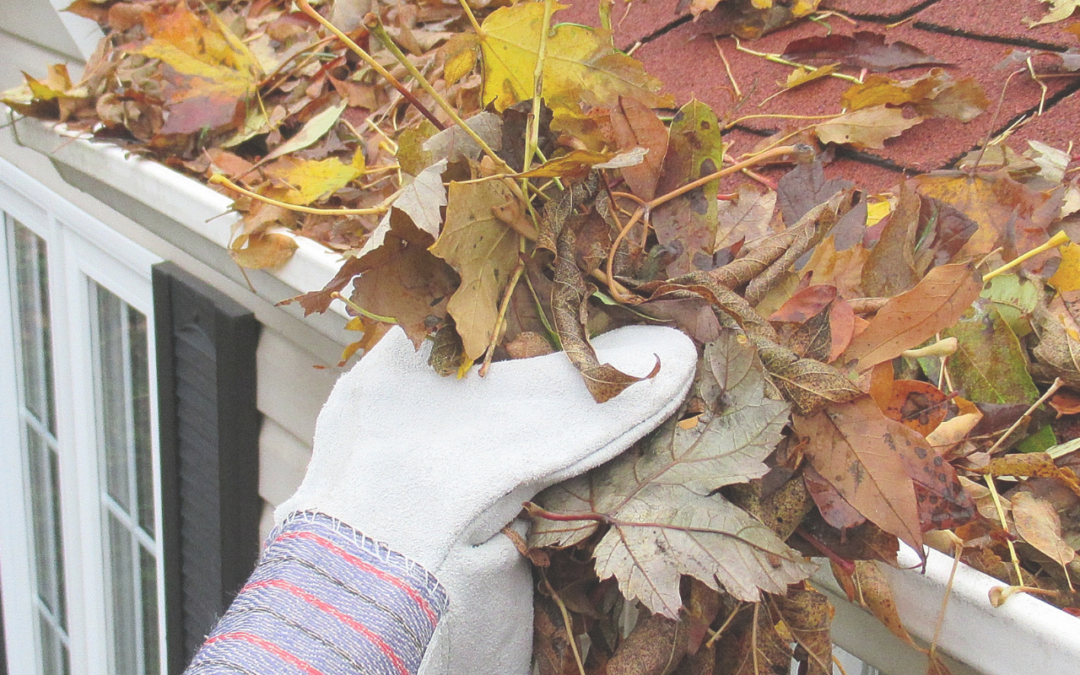Not only does fall’s arrival prompt planning thanksgiving photos, halloween costumes, and when your next pumpkin spice latte will be… It’s also time to begin prepping your home for the colder months ahead of us. With that being said, we’ve created a list that you can follow in order to get your home prepared.
Check your Home’s HVAC Systems
On average, heating/air systems last around 12-15 years. The time frame usually depends on how well they are maintained… I’ve seen some still effectively working at 20 years old! Anyhow, before the cold weather begins to creep in, you should take the time to replace your filters. Another recommendation I have for you, is to have your system inspected by a professional HVAC contractor. It would be a lot better to discover you have a HVAC issue during fall’s mild temperatures in comparison to a freezing winter night.
Protect Exterior Wood Trim
It’s important to protect the exterior wooden trim of your home from mother nature, as it’s typically just a one-inch-thick pine board that can deteriorate very quickly. If left unprotected, replacing this trim is expensive and a struggle, as it’s typically very hard to make the replacement look good. Your best option is to avoid rot in the first place, by keeping it painted and caulked. So, before the temperature starts to drop, inspect the trim to ensure that the caulk is not cracking and your paint is not chipping and flaking away. If it is, scrape away the bad areas and reapply new paint or caulk.
Seal your Masonry and Hard Surfaces
If your property has a concrete patio, driveway or walkway, you should make sure they’re protected from the weather. You can do this by applying concrete sealer to your flat exterior concrete surfaces every now and then. Although all concrete flatwork eventually cracks, reputable masons strategically place control joints in your concrete to try limit cracking. Before you apply a concrete sealer, inspect your concrete and fill in any cracks so that water cannot get in and freeze during the winter. This should ensure your pricey concrete work will last you. On top of this, if you have an asphalt driveway, it is time to think about also resealing that. Fortunately, it is fairly inexpensive to have a company stop by and give it a quick spray of sealer. Again, if your driveway has developed cracks, patch those before sealing.
Check your drainage
You are going to want to ensure that the soil surrounding your foundation hasn’t settled, as this allows for water to pool at your foundation. If you do come across a sunken spot, simply fill it with more soil. After this, walk around and inspect your rain gutter downspout to ensure that water is able to flow away from your home. All of this is important, as saturated soil around your foundation can create issues as it freezes and thaws during the winter.
Clean your gutters
After the last few colourful autumn leaves have fallen, it’s time to get cleaning your gutters. This is because, once your gutters become clogged, they overflow, and that water runs down your home, expediting the deterioration of your exterior. On top of this, it can also result in the deterioration of your foundation, which creates all kinds of problems.
Test your smoke and carbon monoxide detectors
Did you know that most house fires happen during the winter months? This is because it’s in these months that we are cranking our furnaces and utilizing our fireplaces. Along with that, in order to keep warm we have our home closed up tight, however, this makes carbon monoxide a larger hazard. It’s now the time to check all of your smoke detectors and carbon monoxide detectors in order to make sure they are working. Alluding back to our previous recommendation, the HVAC inspection will also ensure your furnace and water heater are properly vented, which is the most likely source of carbon monoxide.
